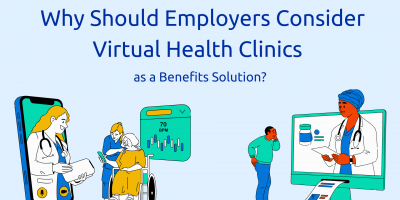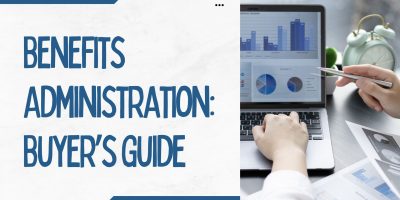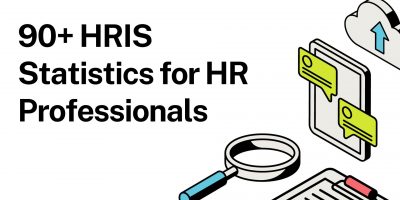
5 Must-Follow Thought Leadership Practices in 2024
Thought leadership is all about assisting people to understand themselves better, find their purpose, and achieve success in the long term. So, how to make way for thought leadership that works wonders?



